4 Stages of Psychological Safety: Essential Insights for 2025
Did you know that teams with strong psychological safety are 27% more likely to report greater innovation? As we move toward 2025, the 4 stages of psychological safety are shaping the future of workplaces, especially as remote work, diversity, and rapid change become the norm.
Understanding the 4 stages of psychological safety is crucial for leaders who want high-performing, inclusive, and resilient organizations. This article will break down what psychological safety means, explore each stage in depth, and offer practical strategies for building a culture where everyone thrives.
Ready to future-proof your team? Let’s dive into the science, stories, and steps that will help your organization unlock its full potential. Learn more about accountability and leadership at Accountability Now.
What Is Psychological Safety and Why Does It Matter in 2025?
Psychological safety is the shared belief that a team is safe for interpersonal risk-taking, where individuals feel comfortable expressing ideas, concerns, and mistakes without fear of negative consequences. The concept was first defined in academic circles by Amy Edmondson, but Timothy R. Clark’s work has brought the 4 stages of psychological safety to the forefront for leaders and organizations worldwide.
In 2025, psychological safety stands as a non-negotiable priority for high-performing organizations. The shift to hybrid and remote work has introduced new layers of complexity, making trust, clear communication, and open dialogue more critical than ever. As teams become increasingly diverse, both culturally and functionally, the 4 stages of psychological safety offer a blueprint for fostering environments where every voice matters and innovation thrives.
Why does this matter so much now? Research consistently links psychological safety to essential business outcomes. According to LeaderFactor, teams with high psychological safety are 27% more likely to report increased innovation. Companies that build psychological safety see higher employee engagement, stronger retention rates, and measurable gains in overall performance and well-being. For example, Google’s Project Aristotle famously found that psychological safety was the single most important factor in effective teams.
The impact of the 4 stages of psychological safety goes beyond innovation. When employees feel safe, they are more likely to contribute new ideas, admit mistakes early, and ask for help. This leads to faster problem-solving and resilience in the face of change. Conversely, low psychological safety breeds silence, stifles creativity, and can result in toxic workplace cultures with high turnover.
Common misconceptions persist, however. Psychological safety is not about avoiding accountability or difficult feedback. Rather, it’s about creating a climate where tough conversations can happen respectfully and learning is prioritized over blame. Leaders sometimes mistake safety for comfort, but true psychological safety supports both candor and growth.
For organizations seeking a practical path forward, the 4 stages of psychological safety—Inclusion Safety, Learner Safety, Contributor Safety, and Challenger Safety—provide a clear roadmap. Each stage addresses a fundamental human need, building progressively toward a culture where every team member feels empowered to speak up and drive meaningful change.
To deepen your understanding, explore psychological safety in the workplace for a comprehensive overview of foundational concepts and strategies.
As organizations prepare for the challenges and opportunities ahead, embracing the 4 stages of psychological safety is not just a competitive advantage, but a necessity for sustainable success. For additional leadership insights, visit accountabilitynow.net.
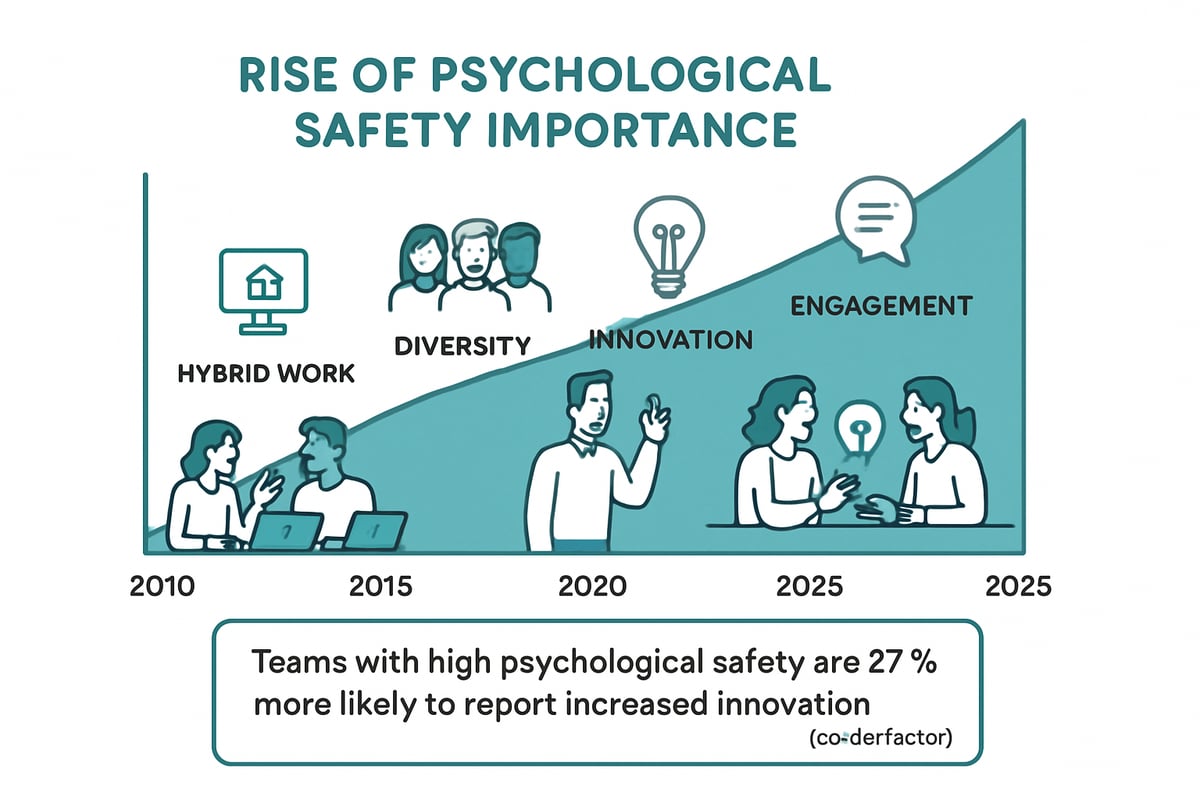
The 4 Stages of Psychological Safety Explained
Understanding the 4 stages of psychological safety is essential for any organization aiming to build resilient, high-performing teams in 2025. Developed by Timothy R. Clark and popularized by LeaderFactor, this framework offers a practical roadmap for leaders and teams to systematically foster psychological safety.
The 4 stages of psychological safety outline a journey teams take, progressing from basic acceptance to courageous innovation. Each stage builds on the previous one, unlocking new levels of trust, engagement, and performance. This model has proven universal, transcending industries, cultures, and team types.
Leaders play a pivotal role in guiding their teams through each stage. By recognizing where their teams stand within the 4 stages of psychological safety, organizations can create targeted strategies for growth. For a comprehensive explanation of the framework, visit The 4 Stages of Psychological Safety.
Here’s a closer look at each stage and how it contributes to a thriving workplace.
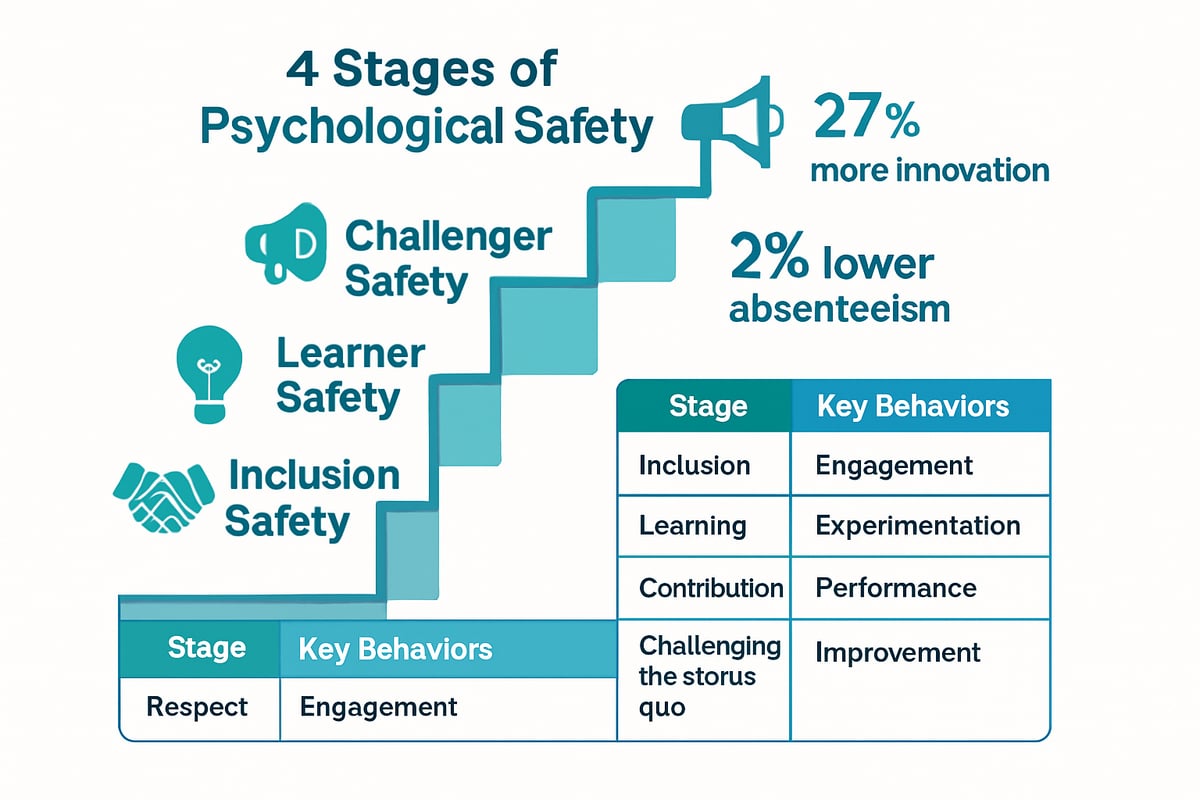
1. Inclusion Safety
Inclusion Safety is the first and foundational stage within the 4 stages of psychological safety. At this level, individuals feel accepted for who they are, free to be themselves without fear of exclusion. This stage addresses the basic human need for connection and acceptance, laying the groundwork for all subsequent stages.
When Inclusion Safety is strong, teams communicate openly, diversity is visible and respected, and boundaries are honored. New employees are welcomed through thoughtful onboarding, and team rituals celebrate differences. For example, a company might host regular “culture days” where team members share traditions, reinforcing belonging.
Research shows that teams who excel in Inclusion Safety experience higher engagement and reduced absenteeism. A table below summarizes key indicators:
| Indicator | High Inclusion Safety | Low Inclusion Safety |
|---|---|---|
| Communication | Open, respectful | Guarded, cliquish |
| Diversity | Valued, visible | Ignored, suppressed |
| Boundaries | Honored | Violated |
However, barriers such as rigid hierarchies, cliques, and unconscious bias can undermine Inclusion Safety. Leaders must actively express curiosity, validate others’ experiences, and acknowledge boundaries to build trust.
Consider a fast-growing tech startup that revamped its onboarding to include mentorship pairings and regular feedback check-ins. As a result, new hires reported a 40% increase in their sense of belonging within the first month.
Inclusion Safety is not about avoiding differences but embracing them. By establishing this first stage of the 4 stages of psychological safety, organizations create a foundation where everyone feels seen and valued.
2. Learner Safety
Learner Safety is the second phase in the 4 stages of psychological safety. Here, individuals feel free to ask questions, experiment, admit mistakes, and seek feedback without fear of embarrassment or punishment. This stage is critical for innovation and continuous improvement.
Organizations with high Learner Safety encourage honesty and curiosity. Leaders and peers celebrate learning from mistakes, not just successes. Behaviors that foster this stage include hosting post-mortem meetings, running mentorship programs, and promoting “fail forward” initiatives.
A graphic might show that organizations rewarding learning see significantly higher rates of skill development and adaptability. For example, a global consulting firm implemented bi-weekly learning circles, resulting in a 35% increase in employee upskilling over six months.
However, challenges like fear of judgment, perfectionism, or punitive cultures can stifle Learner Safety. Leaders must model vulnerability, share their own learning moments, and ensure psychological safety is prioritized in performance reviews.
Practical tips for reinforcing Learner Safety include:
- Actively soliciting questions in meetings
- Recognizing and rewarding honest mistakes
- Creating safe spaces for experimentation
A notable example is a medical team that implemented regular debriefs after procedures. By openly discussing errors without blame, they improved patient outcomes and staff morale.
Advancing to Learner Safety within the 4 stages of psychological safety ensures teams grow together and adapt quickly to change.
3. Contributor Safety
Contributor Safety is the third stage in the 4 stages of psychological safety. At this level, team members feel empowered to contribute their skills, ideas, and perspectives without hesitation. They trust that their input is valued and that they can take ownership of their work.
The need for autonomy, clear roles, and outcome accountability is central here. Teams with strong Contributor Safety demonstrate behaviors like asking permission before giving feedback, encouraging equal participation, and setting clear expectations.
Here’s a quick comparison:
| Behavior | High Contributor Safety | Low Contributor Safety |
|---|---|---|
| Participation | Broad, encouraged | Restricted, uneven |
| Feedback | Bidirectional, timely | Top-down, sporadic |
| Ownership | Clear, celebrated | Ambiguous, ignored |
Statistics show that teams with Contributor Safety are more productive and innovative. For instance, a multinational engineering firm launched cross-functional projects where team members rotated leadership roles, leading to a 20% boost in project completion rates.
Pitfalls such as micromanagement or lack of direction can hinder Contributor Safety. Leaders must balance autonomy with guidance, providing clear goals while trusting team members to execute.
A best practice is implementing transparent feedback loops and recognition systems. For example, a marketing agency introduced a peer-nominated “Contributor of the Month” award, which increased engagement scores by 15%.
By nurturing Contributor Safety, organizations unlock the full potential of the 4 stages of psychological safety, allowing each person to make a meaningful impact.
4. Challenger Safety
Challenger Safety is the fourth and most advanced stage within the 4 stages of psychological safety. Here, team members feel safe to challenge the status quo, voice dissent, and propose bold new ideas. This stage is the engine of innovation, agility, and organizational growth.
Challenger Safety is defined by behaviors such as soliciting dissenting opinions, rewarding candor, and showing gratitude for constructive feedback. Leaders must encourage structured debates, assign “devil’s advocate” roles, and demonstrate vulnerability when receiving criticism.
Companies that cultivate Challenger Safety adapt faster to market changes and disruptions. For example, a software company instituted quarterly innovation hackathons where all ideas were welcome, leading to two patent filings in a single year.
Obstacles to Challenger Safety include fear of punishment, groupthink, and resistance to change. Leaders must provide “air cover” for brave voices and publicly recognize those who challenge norms constructively.
Tactics for fostering this stage include:
- Regularly inviting alternative viewpoints
- Publicly acknowledging and acting on feedback
- Creating transparent escalation paths for concerns
A real-world scenario: a global retailer’s leadership team invited frontline employees to submit process improvement ideas, resulting in millions in cost savings.
Reaching Challenger Safety within the 4 stages of psychological safety is a hallmark of organizations that thrive amid uncertainty. For further insights on accountability and leadership, see the resources at accountabilitynow.net.
Each stage in the 4 stages of psychological safety is a stepping stone to a culture where every individual can belong, learn, contribute, and challenge. By understanding and intentionally nurturing these stages, leaders can transform team dynamics and drive sustainable success.
Measuring and Diagnosing Psychological Safety in Teams
Psychological safety is not just a buzzword, it is a measurable driver of team success. For organizations aiming to realize the benefits of the 4 stages of psychological safety, regular assessment is essential. Without clear measurement, leaders risk missing hidden barriers that can erode trust and performance. By diagnosing psychological safety, teams can pinpoint strengths and address areas that need improvement.
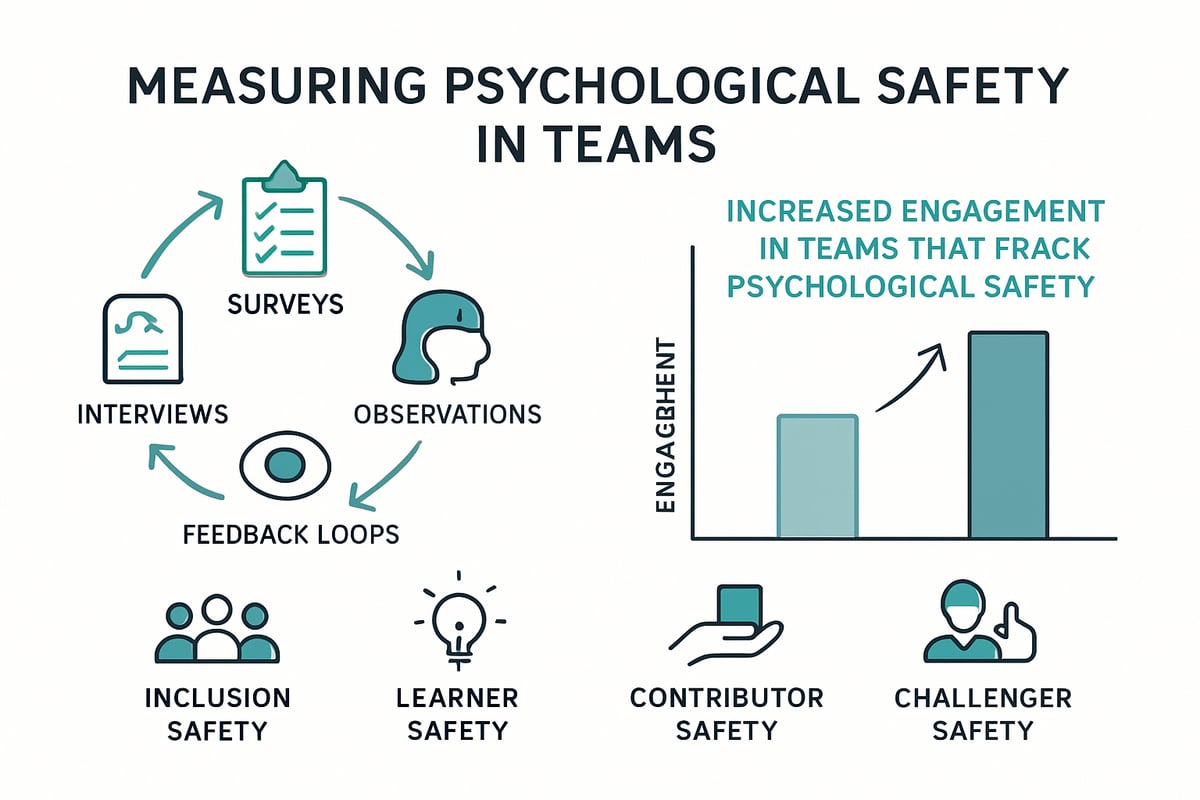
Why Measurement Matters
Measuring the 4 stages of psychological safety provides accountability and a pathway for meaningful change. Teams that track their progress see up to a 20% rise in engagement, according to LeaderFactor research. When organizations prioritize measurement, they create a culture where issues are surfaced early and addressed proactively.
Regular assessment helps leaders understand how safe employees feel to be included, to learn, to contribute, and to challenge. This clarity is especially critical in 2025, as hybrid teams and rapid change intensify the need for psychological safety.
Qualitative and Quantitative Methods
Teams can use both qualitative and quantitative approaches to diagnose the 4 stages of psychological safety. Quantitative methods include structured surveys, such as the LeaderFactor Team Survey, which measures perceptions across all four stages. Surveys provide a scalable way to collect data and benchmark progress.
Qualitative methods, like one-on-one interviews and behavioral observations, add deeper context. Observing team interactions, listening for open communication, and capturing real stories reveal insights that numbers alone cannot. Combining both methods offers a holistic view of team dynamics and uncovers subtle patterns.
For a deeper dive into practical frameworks and how to apply them, see this detailed The Four Stages of Psychological Safety analysis.
Key Indicators and Survey Best Practices
To assess the 4 stages of psychological safety, focus on clear indicators. These include willingness to speak up, comfort admitting mistakes, perceived fairness, and openness to feedback. Sample survey questions might ask, “Do you feel safe sharing new ideas?” or “Are mistakes treated as learning opportunities?”
Best practices for surveys include ensuring anonymity, using simple language, and repeating assessments regularly. Confidentiality encourages honest responses, while ongoing measurement helps track progress and trends. Feedback mechanisms, such as open comment boxes or follow-up interviews, allow employees to elaborate on their experiences.
Leaders should review results with transparency, involving teams in interpreting data and co-creating action plans. This shared ownership accelerates improvement across all 4 stages of psychological safety.
Overcoming Challenges and Taking Action
Common challenges in measuring the 4 stages of psychological safety include survey fatigue, reluctance to share honest feedback, and translating insights into real change. To counter these, keep assessments concise, clarify their purpose, and follow up with visible actions.
After measurement, prioritize quick wins and longer-term strategies. For example, if results highlight low learner safety, introduce “fail forward” sessions or mentorship. When contributor safety is weak, clarify roles and encourage equal participation. Use regular check-ins to monitor progress and adjust as needed.
It is vital to involve external perspectives when necessary. Consulting resources like https://accountabilitynow.net/ can support leaders in interpreting results and implementing meaningful solutions.
Consistent, thoughtful measurement and follow-up transform psychological safety from an abstract idea into a practical, high-impact advantage for your organization.
Strategies to Build and Sustain Psychological Safety in 2025
Building and sustaining the 4 stages of psychological safety is non-negotiable for organizations aiming to thrive in 2025. Leaders who prioritize this journey foster teams that are not only innovative, but also resilient and inclusive. Achieving this transformation is not a one-and-done event. It requires deliberate, ongoing strategies that address every stage of the 4 stages of psychological safety.
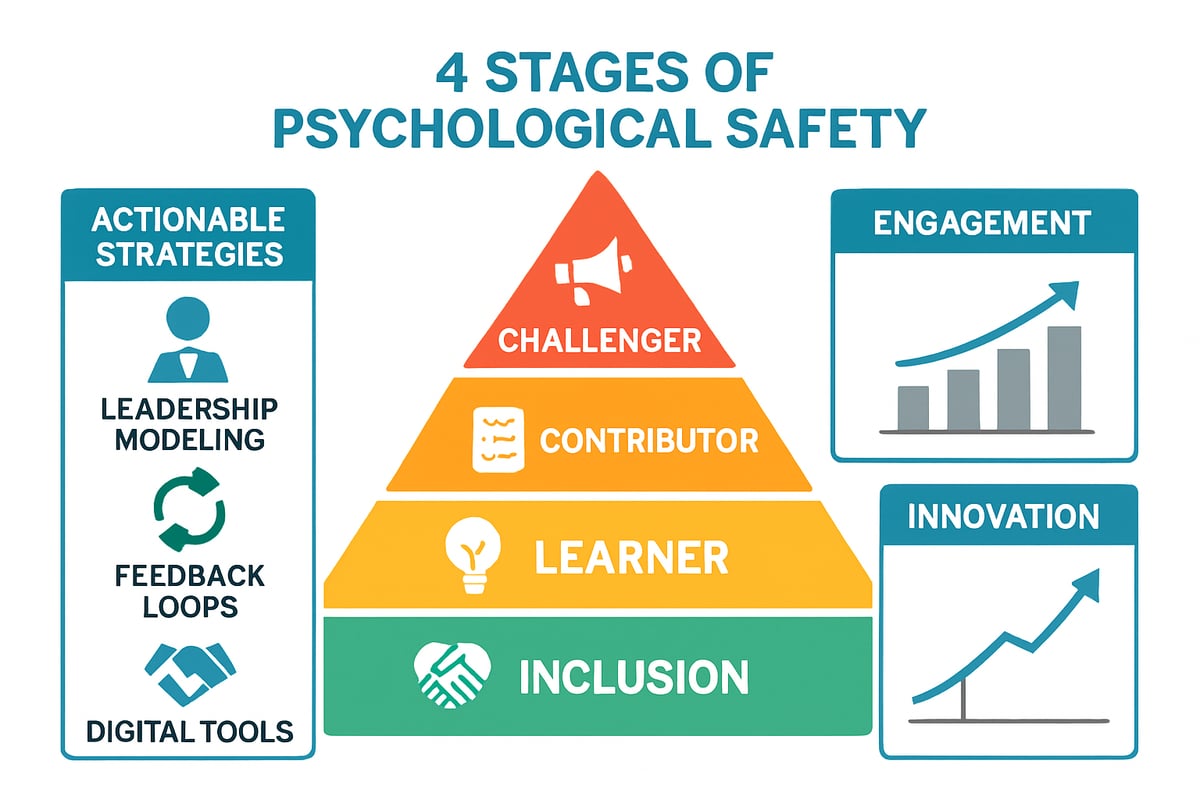
Leadership Commitment and Modeling
The journey to embed the 4 stages of psychological safety starts at the top. Leaders must model vulnerability and openness, showing that it’s safe to speak up and take risks. This modeling sets the cultural tone and encourages teams to follow suit.
Key leadership actions include:
- Regularly soliciting feedback from all team members.
- Sharing personal stories of learning and growth.
- Acknowledging mistakes and demonstrating accountability.
Training programs are essential. Workshops, coaching, and peer learning circles help leaders develop the skills to navigate difficult conversations and foster trust. Research shows that organizations investing in psychological safety training report higher retention and innovation rates.
Embedding Psychological Safety in Team Practices
To make the 4 stages of psychological safety stick, integrate them into daily team rituals and processes. Start strong with onboarding experiences that emphasize inclusivity and belonging. Continue with regular check-ins, open forums, and structured feedback sessions.
Consider these practical tactics:
- Use rotating facilitators in meetings to ensure all voices are heard.
- Incorporate psychological safety metrics into performance reviews.
- Celebrate learning moments and highlight contributions from across the team.
A table below summarizes strategies tailored to each stage:
| Stage | Strategy Example |
|---|---|
| Inclusion | Welcome rituals, diversity spotlights |
| Learner | Post-mortem reviews, mentorship |
| Contributor | Ownership of projects, clear roles |
| Challenger | Idea challenges, gratitude for dissent |
Explore more actionable approaches and real-world examples at Psychological safety at work.
Leveraging Technology and Tools
Modern technology can accelerate the adoption of the 4 stages of psychological safety. Anonymous feedback platforms, digital suggestion boxes, and collaboration tools empower employees to share ideas without fear. Data dashboards help leaders track engagement, participation, and progress across all four stages.
For organizations managing hybrid or remote teams, virtual workshops and digital pulse surveys maintain connection and transparency. These tools help diagnose areas for improvement and reinforce psychological safety as a living, evolving practice.
Overcoming Common Pitfalls
Even with best intentions, setbacks are inevitable. Common obstacles to the 4 stages of psychological safety include micromanagement, unclear expectations, and inconsistent follow-through. To overcome these, leaders must:
- Set clear, shared norms for communication and feedback.
- Address issues of hierarchy or bias swiftly and openly.
- Use regular assessments and adapt strategies as needed.
When challenges arise, seeking guidance from external experts or frameworks, such as those found at Accountability Now, can provide an objective perspective and proven solutions.
Sustaining Progress for the Future
Sustaining the 4 stages of psychological safety requires ongoing commitment. Embed it into your organization’s DNA by aligning it with values, leadership development, and recognition programs. Adapt strategies as your workforce and business landscape evolve.
By prioritizing continuous learning, celebrating progress, and holding everyone accountable, organizations create environments where every team member can thrive. The 4 stages of psychological safety will remain a cornerstone for high-performing, future-ready organizations in 2025 and beyond.
The Future of Psychological Safety: Trends and Predictions for 2025
The workplace is entering a new era, and the 4 stages of psychological safety are more essential than ever for thriving organizations. As hybrid work, AI, and global teams become the norm, psychological safety will drive innovation and resilience. Leaders must anticipate how these shifts will impact their teams and culture.
Hybrid, AI, and Global Teams: Shifting the Landscape
Hybrid work models and AI integration are redefining collaboration. The 4 stages of psychological safety provide a roadmap for teams navigating remote communication, digital tools, and cross-cultural dynamics. As teams become more distributed, leaders must intentionally foster inclusion and trust, ensuring every voice is heard regardless of location or background.
Global teams bring fresh perspectives but also new challenges. Cultural differences and digital fatigue can erode psychological safety if not addressed proactively. Teams that invest in continuous learning and open feedback will adapt faster to rapid change.
Evolving Frameworks and Expanding Research
Research on the 4 stages of psychological safety is expanding, with new frameworks emerging for complex, fast-paced environments. Organizations are recognizing the need to measure and reinforce psychological safety at every stage, from onboarding to leadership development.
Future-focused companies are leveraging insights from resources like The Four Levels of Psychological Safety to tailor strategies for their specific contexts. These approaches help teams identify gaps, address barriers, and promote a culture where challenging the status quo is safe and encouraged.
Attracting Talent, Supporting DEI, and Preparing for Change
The 4 stages of psychological safety will be a key differentiator in attracting and retaining top talent. Candidates seek workplaces where they can contribute fully, learn, and innovate. Psychological safety supports diversity, equity, and inclusion by making space for all voices and backgrounds.
To stay competitive, organizations must embed psychological safety into every aspect of their operations. This includes regular assessment, leadership training, and transparent communication. Resources like https://accountabilitynow.net/ can support leaders in building the skills needed for future-ready teams.
Looking ahead, the organizations that prioritize psychological safety will be best equipped to handle uncertainty and drive sustainable growth.
Key Resources and Further Reading
Deepen your understanding of the 4 stages of psychological safety with these trusted resources and expert guides.
- The 4 Stages of Psychological Safety by Timothy R. Clark is essential reading for leaders and teams.
- Explore The 4 Stages of Psychological Safety Workshop for hands-on strategies and implementation tools.
- Review foundational research from Amy Edmondson and practical guides from LeaderFactor.
- Access behavioral assessments and self-evaluation tools to measure your team’s progress.
- For additional insights into accountability and culture change, visit accountabilitynow.net.
Invest in ongoing learning to keep your organization at the forefront of psychological safety and resilience.
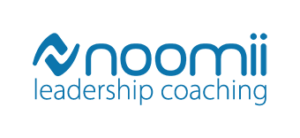
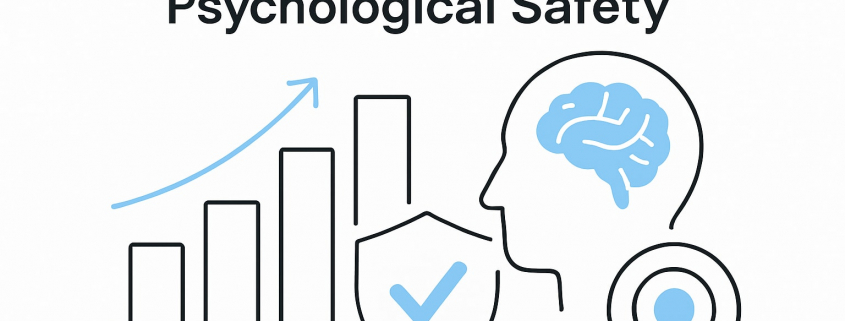


Leave a Reply
Want to join the discussion?Feel free to contribute!